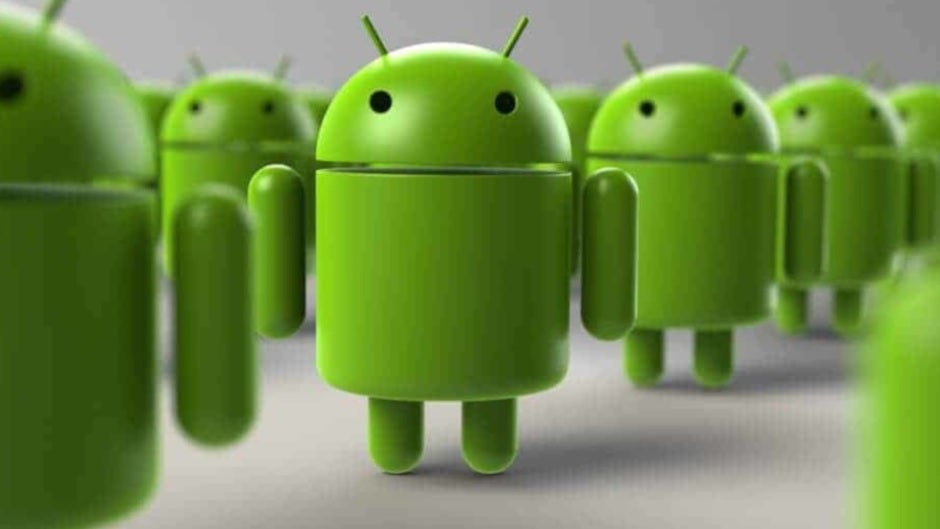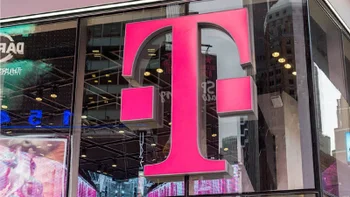Android distribution numbers return; Android 11 is not the most widely used version of the operating system

If your love affair with the smartphone goes back several years, you might remember when Google used to release the Android distribution numbers every month. Based on the versions of Android loaded on phones that visited the Google Play Store over a seven-day period, Google would turn that data into graphs and charts showing which Android version was found in the most phones.
Google stopped releasing this data for a couple of reasons. First, it made Android look bad since the latest version of the operating system would be found on only a small percentage of phones. Google also claimed that the percentages and the pie chart that it included with each monthly release made Android look more fragmented than it really is.

Android 10 is the most widely used version of Android
Today, Google released the latest batch of distribution numbers for the first time since April 2020. The previous release before that one came in May 2019. According to 9to5Google, these new numbers are approximately three weeks old and they show that Android 11 "R" has a 24.3% share of the Android Platform after 14 months (Android 12 has yet to show up in the charts).

The famous Android distribution pie chart is back
But that is not the most widely used version of Android. That would be Android 10Q with a 26.5% slice of the Android pie (not Android Pie). Speaking of Pie, Android 9 Pie is next with an 18.2% share of the Android market. Oreo 8.1 and Oreo 8.0 were found on 9.7% and 4.0% of the Android phones in the Play Store, respectively.
Interestingly, Android 6 Marshmallow's 5.1% was higher than the 2.9% share belonging to Android 7.1 Nougat and the 3.4% share captured by Android 7.0 Nougat.
Because there are so many different Android phone manufacturers, the OS suffers from fragmentation. When Samsung decides to release an update to Android 12, it isn't likely to be the same time that Motorola's Android phones are receiving an update to the latest build. Apple, on the other hand, controls both the hardware and software for the iPhone which allows Apple to update all eligible iPhone models at the same time.
Follow us on Google News













Things that are NOT allowed:
To help keep our community safe and free from spam, we apply temporary limits to newly created accounts: